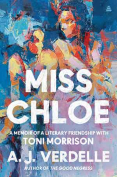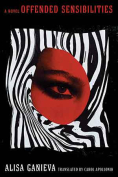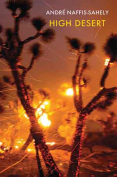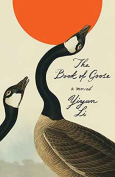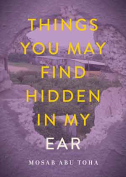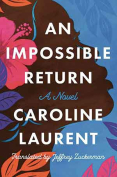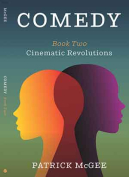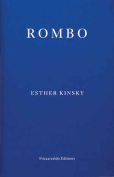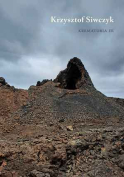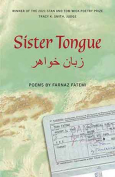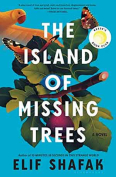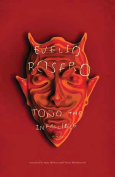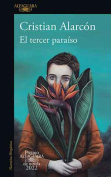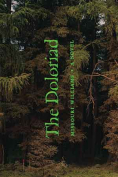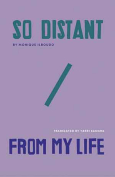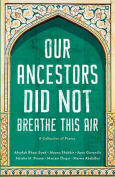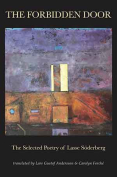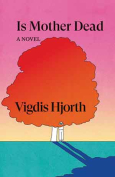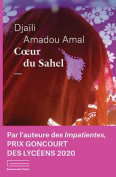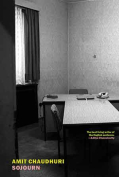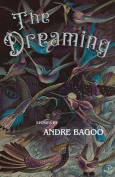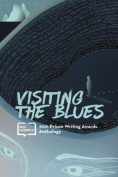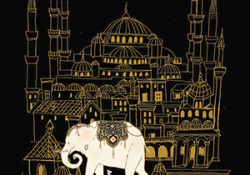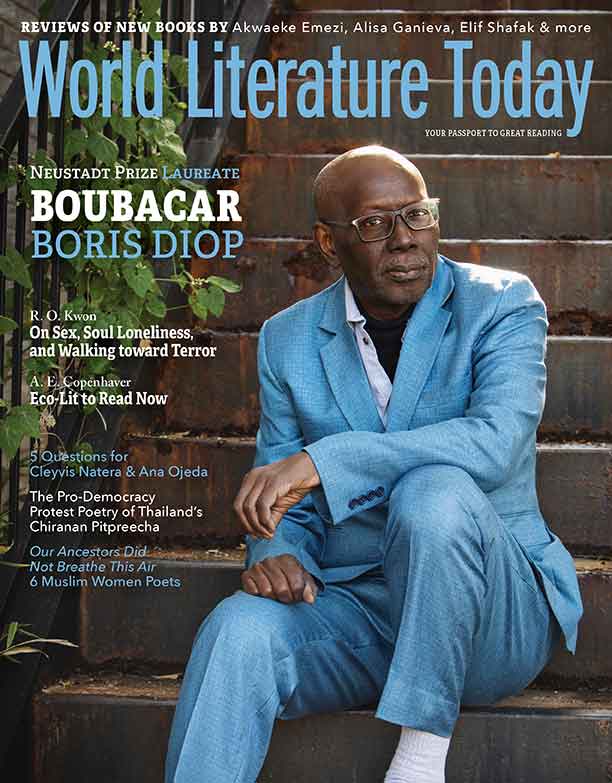The Island of Missing Trees by Elif Shafak
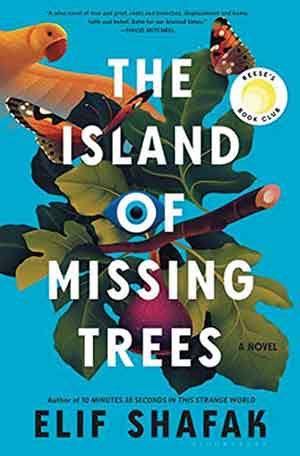 New York. Bloomsbury. 2021. 368 pages.
New York. Bloomsbury. 2021. 368 pages.
SHORTLISTED FOR THE Women’s Prize for Fiction 2022, Elif Shafak’s thirteenth novel, The Island of Missing Trees, revisits Shafak’s much-frequented topics of identity, memory, and gender. Divided into six parts and preceded by a prologue, the novel features a multilayered and polyphonic narrative, stylistically reminiscent of her previous novels, including 10 Minutes 38 Seconds in This Strange World (2019). Within this subtly knitted narrative structure, Shafak portrays different ways of life, expressed through the stories of various life-forms and connected to each other under the common denominator of grief—namely, grief for the loss of home, lover, and grief for the loss of biodiversity. Yet the novel is also about a sense of longing for wholeness, oneness, and harmony, not only between people but also between all elements of the wider ecosystem.
Foregrounding the notion of relationality, The Island of Missing Trees interweaves the Anthropocene with the ecological system, creating a narrative that promotes a holistic vision of posthumanism while situating human suffering side by side with the distress experienced by the ecosystem due to the atrocities visited upon it by the human world. To this end, she presents a mythical arboreal point of view, rendering the theme of ecological consciousness as a stylized expression that lays emphasis on the notion of multiplicity. And around this ecological consciousness, Shafak interlaces the themes of love, hate, and death through a double narrative structure that alternates between 1974 and the 2010s, and geographically between Cyprus and London, bridged at the center by the narrative of a conscious, speaking fig tree.
The historical vein of the narrative deals with the period before and after the partition of Cyprus and its damaging effects on people and the landscape. While depicting this political and military crisis, Shafak avoids giving precedence to any particular group by referring to the inhabitants of the island only as “islanders.” Thus, the impartial tone prompts an empathetic insight toward a harmonious coexistence, not only among the members of different ethnic groups but also between the human and the nonhuman world.
This stance is infused into the contemporary narrative, which is set in north London a few days before Christmas. The festive mood of the holiday season is overshadowed by the prospect of a cyclone and also a familial trauma involving a teenage schoolgirl, Ada (whose name means island in Turkish), her Turkish Cypriot archaeologist mother, Defne (a Turkish name with Greek origin, meaning laurel tree), and her Greek Cypriot ecologist and botanist father named Kostas, working on the role of fig trees in restoring biodiversity. Within this multilayered structure, the narrative discloses the troubling experience of each character with the theme of loss—respectively, loss of a mother, loss of a spouse, loss of roots, and loss of natural habitat. Through Shafak’s incisive storytelling, these stories of the human and the nonhuman world grow into each other and create a saga on whose surface various forms of sorrow are inscribed.
The reciprocity between the human and the nonhuman world is further made evident in the way the novel structurally alludes to the botanical process of burying and unburying a tree, a beautifully constructed symbolic trope that both warns against digging up the past in an antagonistic fashion—thus unearthing conflicts—and proposes reconciliation and reconnection with one’s roots no matter how tangled they are. In this regard, the novel points to the impact of revelations on personal as well as social levels, and through these revelations it is not the feeling of anger that is communicated but understanding of grief, an emotional state described in the novel as “a language” that is universal.
Although this language might seem relevant only to human beings at first sight, Shafak makes it equally pertinent to the nonhuman world in her narrative, offering an aestheticized construction of the ecosystem by drawing attention to the ornate patterns in nature, including the behaviors of flies, mosquitos, ants, bees, and butterflies. Accordingly, she constructs a fig tree as a major character in the novel, through whose point of view the reader gets a perspective into the subtle sensitivities of the nonhuman world, which, in turn, facilitates a nuanced vantage point bringing together different forms of subjectivities like a rhizome and connecting each experience materially and semantically. This Deleuzian rhizomatic structure is amplified by multiple viewpoints that are intricately interwoven, further embodying Deleuze’s conceptualization of “the fold” as an essential aspect of subjectivity, which is influenced by the interaction between the inside and outside, the private and public, the organic and inorganic.
Given this relationship, Shafak delves into the ways in which various folds shape subjectivity, investigating further the possibility of a nonhuman subjectivity. Regarding this matter, she depicts in-depth the invisible aspects and nuances of the nonhuman world, the world of trees in particular, and in doing so offers a stimulating perspective that raises awareness and sensitivity to the arboreal world. Through vividly expressed portrayals, Shafak weaves an intricate narrative that fuses the workings of these two disparate worlds into each other, creating a harmonious symbiosis.
Thus, the holistic viewpoint in the novel proliferates by incorporating various subplots and narrative modalities that bring together the mythical with the real, where historiographic metafiction coalesces into magical realism. With references to mythology and folk culture, the novel consolidates the complex interaction between the human and nonhuman life, depicting with vivid imagery how the suffering of one influences the other (and vice versa) in a way where no party emerges victorious. In this way, the novel invites a festive reading experience where each section explores a distinct experience relevant to the human and nonhuman world but that promotes an all-encompassing and reconciliatory posthumanist insight against all forms of division. Overall, the novel accentuates the wonders of the ecosystem within a complex narrative of twists and turns, hope and despair, missing and finding, burying and unburying, folding and unfolding, which is held together by the unifying power of love and empathy.
Zeynep Z. Atayurt-Fenge
Ankara University
When you buy a book using our Bookshop Affiliate links on this page, WLT receives a commission. Thank you for your support!
